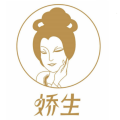Business model of intermediary platform?
1.品牌。好事不出门,坏事传千里,在这个行业,特别凸显,公司整体形象的打造,是精耕细作、全体从业者维护的结果。
2.企业文化。企业文化不是挂在墙上的宣导,而是深入从业者内心的声音。而,看一家公司的企业文化,一定要看领导人来自哪里,他的经历,当时所处环境都要考察,一家公司的企业文化,来自企业家的品格。一个有同理心,有情怀,以及大格局的企业家,是值得托付的。
3.运营系统。有些保险公司请一些知名管理大师去做项目或经营管理培训,而最终事与愿违,本质上是文化的冲突。所以,运营系统不是简单的流程、某个人的想法,而是文化的融合。尤其到了后期,公司的运营系统就是一家公司的天花板。
4.培训支持。培训支持包括两个方面:重视专业,舍得投入。这方面尤其考察公司的资本运作。尤其专业的回馈是需要时间培养,以及耐心的等待,飞单通道型,居间交易型这两类公司,几乎是没有培训支持的。培训支持,体现在课程安排、行事历、以及费用支持上。
5.科技赋能。科技分两种类型,利益驱使,市场需求。利益驱使的科技平台,是利用市场机会,量大取胜;市场需求的科技,是基于从业者的需求,比如提高效率上:签单、保全、索赔都在这个APP上;品质保证上:供应商不得通过微信、短信、公众号、二维码等,对客户进行二次销售(这一条,对于保险超市定位的公司,做不到的)。未来,人工智能,以及大数据,一定是科技赋能的方向。所以,考察这家公司的科技,还要考察是否有大数据、以及人工智能的基因。
Professional answer
1. Brand. Good news doesn't go out, but bad news spreads far and wide. In this industry, it is particularly prominent that the creation of the company's overall image is the result of intensive cultivation and maintenance by all practitioners.
2. Corporate culture. Corporate culture is not a propaganda hanging on the wall, but a voice that goes deep into the hearts of practitioners. However, to look at the corporate culture of a company, we must look at where the leader comes from, his experience, and the environment he was in at the time. The corporate culture of a company comes from the character of the entrepreneur. An entrepreneur with empathy, feelings, and a big picture is worthy of trust.
3. Operation system. Some insurance companies invite some well-known management masters to do project or business management training, but in the end, the results are contrary to expectations. In essence, it is a cultural conflict. Therefore, the operation system is not a simple process or someone's idea, but a fusion of cultures. Especially in the later stage, the company's operation system is the ceiling of a company.
4. Training support. Training support includes two aspects: attaching importance to professionalism and being willing to invest. This aspect especially examines the company's capital operation. In particular, professional feedback requires time to cultivate and patient waiting. There is almost no training support for the two types of companies, the flying channel type and the intermediary transaction type. Training support is reflected in course arrangements, calendars, and cost support.
5. Technology empowerment. There are two types of technology, profit-driven and market demand. Profit-driven technology platforms take advantage of market opportunities and win by volume; market demand technology is based on the needs of practitioners, such as improving efficiency: signing orders, preservation, and claims are all on this APP; quality assurance: suppliers are not allowed to conduct secondary sales to customers through WeChat, SMS, public accounts, QR codes, etc. (This item is impossible for companies positioned as insurance supermarkets). In the future, artificial intelligence and big data must be the direction of technology empowerment. Therefore, when examining the technology of this company, we must also examine whether it has the genes of big data and artificial intelligence.
1. Allowing merchants to settle in and helping them advertise full refunds is also a win-win situation, but it feels that if the market collapses, the merchants will suffer the most because of reputation issues. This may charge withdrawal fees and conversion fees. On the one hand, it charges buyers, and on the other hand, sellers are required to settle in and pay money. This profit model is really only profitable and not loss-making.
2. If you want to make a lot of money in the platform model, you must cross borders. If you still stay in the original industry, it will be difficult for you to make a lot of money. So how to turn the owner's house resources into money? Later, a platform was built to connect banks and real estate agencies. Banks uploaded various financial products and loan products to their platform, and then real estate agencies forwarded these products to their owners because they have these resources, right?
Similar Q&A
recommend Where to sell the 1985 one-cent coin?
E-c News Continuously pushing e-commerce knowledge to you

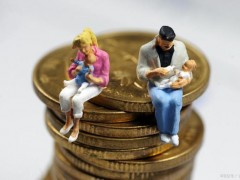
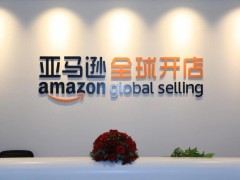
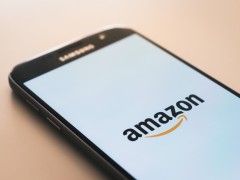

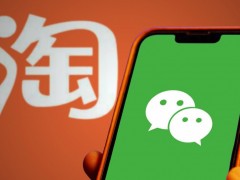
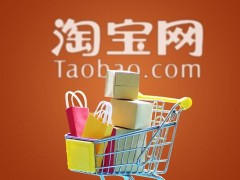

Latest Q&A More
-
Do I need a trademark to open a franchise store on Pinduoduo to sell books?
#Pinduoduo#
-
How to withdraw from a Pinduoduo store
#Pinduoduo#
-
How to withdraw from Pinduoduo merchants
#Pinduoduo#
-
How to pay fees when closing a Pinduoduo store
#Pinduoduo#
-
How to withdraw from Pinduoduo
#Pinduoduo#
-
Which store on Pinduoduo is authentic?
#Pinduoduo#
-
Which stores on Pinduoduo can buy genuine products?
#Pinduoduo#
-
How to check the store under Pinduoduo
#Pinduoduo#
-
How to receive Pinduoduo online game products
#Pinduoduo#
-
How to sell the electronic version on Pinduoduo
#Pinduoduo#
E-c News 2025-12-09 00:45:56

- African netizens use China Africa cross-border e-commerce platform for online shopping
- how is the new seller of cross-border e-commerce doing?
- how can cross-border e-commerce Amazon sell on Amazon platform without goods?
- Amazon store opening process and cost analysis!
- Amazon plans to expand its pharmacy business on a large scale and will add same day delivery service

